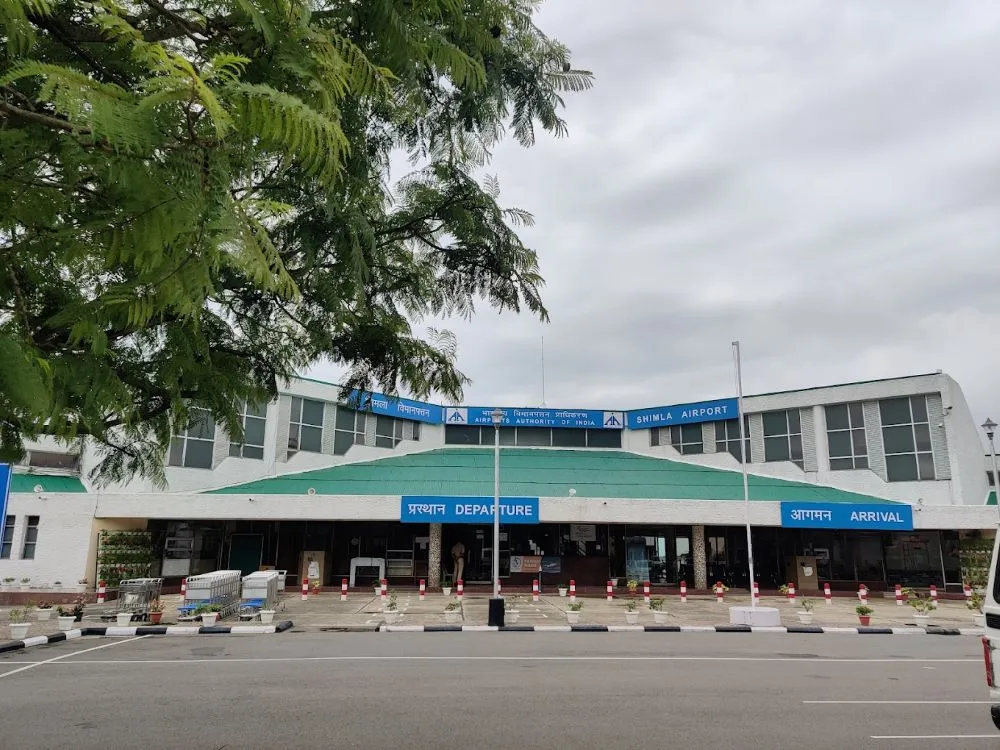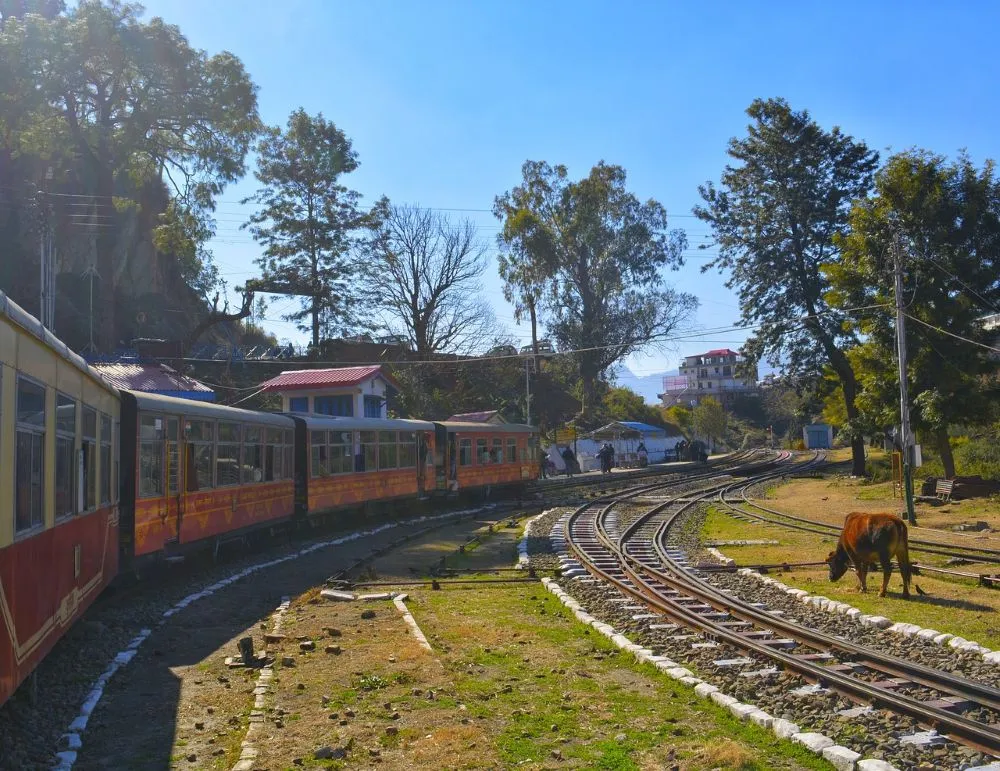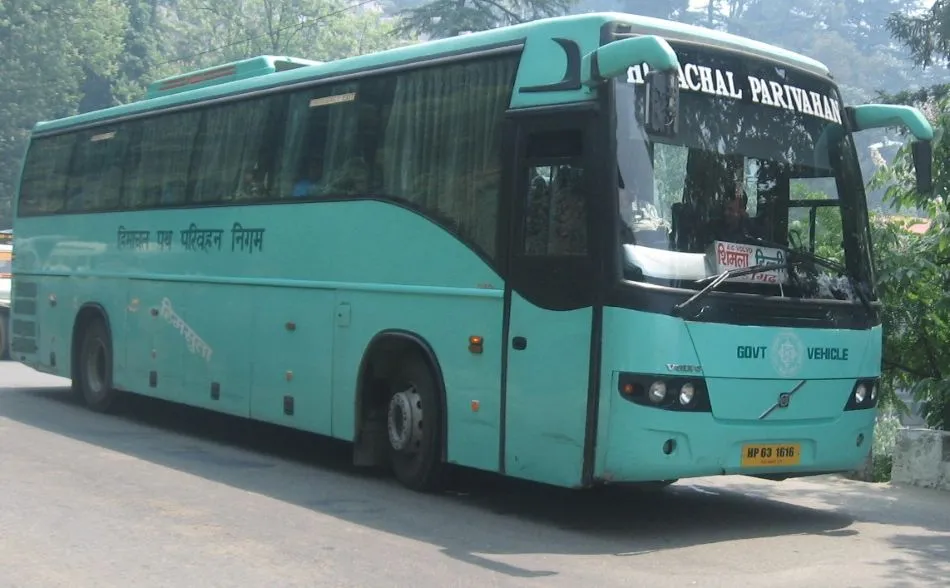Shimla in Monsoon: Pros, Cons, and Travel Hacks
When the first drops of rain fall on the lush green hills of Shimla, away from the hustle and bustle of city life, the town becomes a calm and peaceful place. The clouds come down and cover the old buildings and winding lanes with a soft white sheet. You can smell the wet earth, hear the sound of gentle rain and see the misty valleys around you. It is a unique feeling that is hard to describe in words, yet it remains etched in your memory. Visiting Shimla in monsoon season makes everything seem greener and calmer, making it perfect for those who love nature, quiet moments and a little magic in the rain.
You might also like Best time to visit Shimla
Pros and Cons of Visiting Shimla in Monsoon
Pros of Visiting Shimla in Monsoon
1. Lush Greenery Everywhere – The hills come alive with fresh greenery, blooming flowers, and mist-covered forests — a treat for nature lovers and photographers.
2. Fewer Tourists, More Peace – It’s off-season, so popular spots are less crowded, giving you a more peaceful and personal travel experience.
3. Budget-Friendly Stays – Hotels and homestays often offer discounts during the monsoon, making it a great time for affordable travel.
4. Romantic Weather – Cool breezes, gentle rain, and foggy views make it an ideal time for couples seeking a cosy getaway.
Cons of Visiting Shimla in Monsoon
1. Landslides and Road Blocks – Heavy rains may cause landslides on hilly roads, leading to delays or detours during your journey.
2. Limited Outdoor Activities – Adventure sports and long treks are often suspended for safety reasons due to slippery trails.
3. Unpredictable Weather – Frequent changes in weather—sudden showers or fog—can affect your sightseeing plans.
4. Connectivity Issues – Rain and storms can cause network issues or temporary power cuts in some areas, especially the outskirts.
Weather Conditions of Shimla in Monsoon
The monsoon season in Shimla runs from late June to early September. The hill station gets moderate to heavy rain during this time, which makes its forests, valleys, and gardens feel fresh again. The average temperature is between 15°C and 25°C, which makes for cool and comfortable weather. However, it can get chilly at night.
Fog and mist often make things look dreamy, especially in the mornings and late evenings. Rain usually falls in short, heavy bursts, and then the sky clears up. The roads can get slippery, though, and landslides can sometimes block travel routes, especially on the Shimla–Manali and Shimla–Kinnaur highways.
Even though it rains, the monsoon makes Shimla look its greenest and most peaceful, making it a great place for nature lovers, people who want to relax, and people who want to explore off-season.
How to Reach Shimla During Monsoon
1. By Air:

Shimla Airport (Jubbarhatti) operates limited flights due to weather and runway restrictions. Alternatively, fly to Chandigarh Airport and then travel by taxi or bus to Shimla (around 4 hours). Always check flight schedules in the monsoon, as delays or cancellations are common.
2. By Train

The Kalka–Shimla Toy Train, a UNESCO World Heritage route, is a beautiful option during the monsoon. It takes you through tunnels, bridges, and misty hills. Trains run regularly from Kalka, which is well-connected to Delhi and Chandigarh by rail.
3. By Road

Shimla is accessible by road from major cities like Delhi (approx. 350 km) and Chandigarh (approx. 115 km). The roads are scenic but can be slippery or blocked due to landslides in heavy rain. If travelling by car or bus, start early and avoid night travel. Regular HRTC and Volvo buses also operate from Delhi and Chandigarh.
What to Pack for a Monsoon Trip to Shimla?
1. Waterproof Jacket or Raincoat – Essential to stay dry during sudden showers and while exploring outdoors.
2. Sturdy Waterproof Footwear – Carry non-slippery, quick-drying shoes for walking on wet roads and muddy trails.
3. Umbrella or Compact Rain Poncho – Lightweight and handy for daily use during city strolls or sightseeing.
4. Quick-Dry Clothes – Pack clothes made from breathable, fast-drying fabric to stay comfortable.
5. Basic Medicines & First Aid Kit – Carry meds for cold, fever, motion sickness, and any personal prescriptions.
6. Power Bank & Waterproof Bag Cover – Useful in case of power cuts and to keep your electronics safe from rain.
Travel Tips for Visiting Shimla in Monsoon
1. Check Weather & Road Updates Before You Travel – Landslides and road closures can occur, so always check the latest local weather and traffic news, especially if travelling by road.
2. Avoid Late-Night Travel – Driving in the hills during rain and fog can be risky. Plan your journeys during daylight hours for better visibility and safety.
3. Choose Central or Well-Connected Accommodation – Stay near Mall Road or main town areas to avoid isolated spots that may face waterlogging or connectivity issues.
4. Carry Cash & Download Offline Maps – Mobile networks may be weak in bad weather, so keep cash handy and offline maps ready as a backup.
5. Dress in Layers & Carry an Extra Pair of Clothes – The weather can turn cold and wet unexpectedly. Layering helps, and extra clothes keep you dry after an unexpected downpour.
6. Be Flexible with Your Itinerary – Monsoon weather is unpredictable. Keep your schedule relaxed to enjoy local cafes, nature walks, or indoor attractions when it rains.
Conclusion
If you love nature and peace, Shimla is a special place to visit during the rainy season. The hills and valleys look clean and fresh after the rain, and the roads are quiet and relaxing. It’s a nice change from the busy times when there are a lot of tourists. Sometimes it can rain suddenly, or there may be travel problems, but with a little planning, you can still have fun. Whether you’re going alone, with someone special, or just want a break from the city for a while, seeing Shimla in the rain is something you’ll remember forever.
Here you can also check How to go to Shimla
Frequently Asked Questions about Shimla in Monsoon
1. Are cafes and tourist spots open during the monsoon in Shimla?
Yes, most cafes, restaurants, and popular tourist spots remain open. However, some outdoor activities may be paused during heavy rainfall for safety.
2. Can I travel to Kufri and nearby places during the monsoon?
Yes, but road conditions can be tricky after rain. Travel during daylight and avoid remote areas during or after heavy showers.
3. Is it good to take children or elderly people to Shimla during the rainy season?
It’s safe with proper planning. Choose well-connected stays, avoid long treks, and carry necessary medicines and warm clothing.
4. What kind of food is best to try in Shimla during the monsoon?
Try hot Himachali dishes, local momos, thukpa, and tea from hillside cafés. Spicy and hot food pairs well with the cold, rainy weather.
5. Does it snow in Shimla during the monsoon?
No, Shimla does not receive snowfall during the monsoon. Snowfall typically occurs between late December and February.
